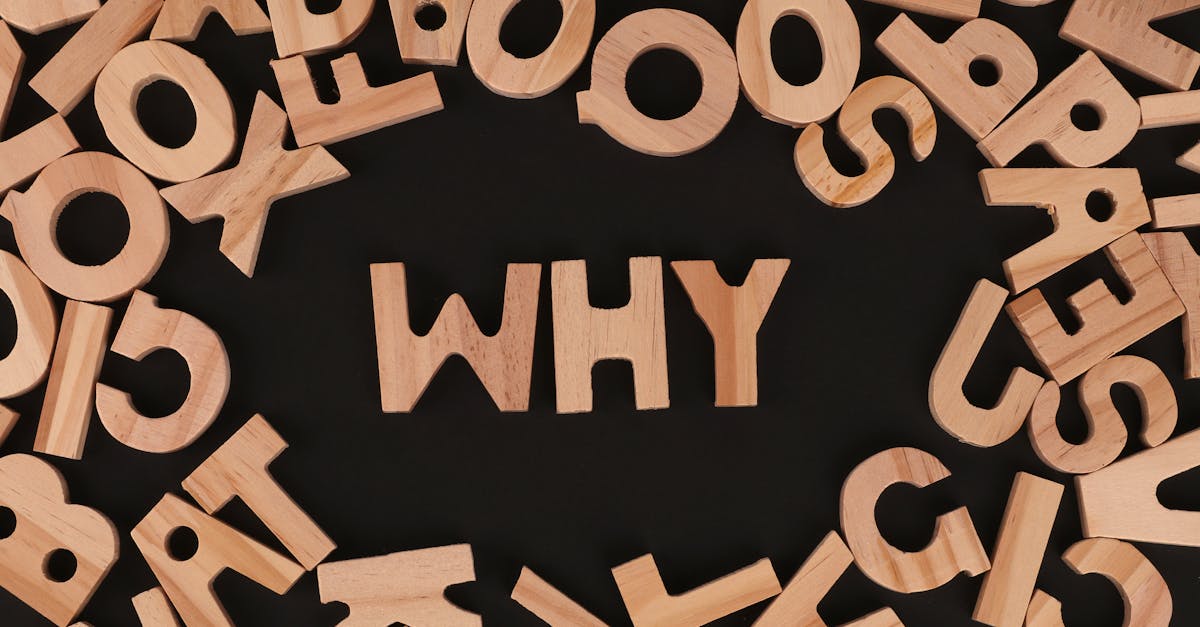
Unpacking the Toxic Masculinity of Marvel's Thor
Unpacking the Toxic Masculinity of Marvel’s Thor
Thor, the god of thunder, has been one of the most iconic superheroes in the Marvel universe. With his chiseled jawline, mighty hammer Mjolnir, and unwavering dedication to justice, it’s easy to see why he’s a fan favorite. But beneath his gleaming armor lies a complex web of toxic masculinity that warrants scrutiny.
Let’s start with the obvious: Thor’s love life. Ah, poor Jane Foster, who unwittingly became the target of Thor’s affections in the 2011 movie The Avengers. Her character was reduced to a damsel-in-distress archetype, swooning over Thor’s brooding good looks and conveniently being the only woman brave enough to rescue him from his “duty” as a superhero. It’s like Marvel thought, “You know what would be great? If we took every ‘love interest’ trope from 1950s B-movies and mashed them all together into one character!” And thus, Jane Foster was born.
But here’s the thing: Thor’s behavior towards Jane is not just problematic; it’s also rooted in a deeper cultural issue. In Norse mythology, Thor is depicted as a fierce warrior who values strength above all else. His love of battle and his willingness to put himself in harm’s way are both admirable qualities… until you consider how they’re applied to his relationships with women. It’s like he thinks that if he just “man up” enough (pun intended), the ladies will magically swoon over him. Newsflash, Thor: being a superhero doesn’t make you eligible for romance; it makes you a candidate for a few bad jokes and some serious arm-wrestling.
Of course, this is where we meet Erik Selvig, Jane’s love interest in Thor (2011). Now, Selvig is a different story altogether. He’s smart, charming, and willing to challenge Thor when he gets too full of himself. In fact, it’s the one relationship that allows Thor to grow as a character… until Marvel decided to replace him with Chris Hemsworth’s Thor 2: The Dark World, where Thor becomes an angsty brooding teenager because his parents are dead (again). But I digress.
The real problem with Thor’s toxic masculinity is how it seeps into every aspect of the franchise. Take, for example, the whole Odin/Thor dynamic. Odin, the All-Father, is depicted as a wise and benevolent ruler who demands absolute loyalty from his children. And by “absolute,” I mean, “you’ll do whatever I say without question.” It’s like Marvel decided to create a superhero franchise where the patriarchal expectations are amplified to comedic heights. Thor, being the dutiful son that he is, will sacrifice himself at a moment’s notice if it means pleasing his father… or not doing what Odin tells him to do because “that would be fun!”
Now, some might say, “But what about all the feminist heroines in Marvel? What about Black Widow, Captain Marvel, and Gamora?” And yes, those characters are great! But here’s the thing: they’re often relegated to the sidelines while Thor gets his due. I mean, have you seen the Avengers movie where Thor is basically given a solo arc because he’s got a “girl problem”? It’s like Marvel decided that the only way to make Thor likable was to give him a ” relatable” love interest.
The final nail in the coffin comes with the 2019 movie Thor: Ragnarok. On the surface, it seems like Marvel has finally broken free from the shackles of toxic masculinity. I mean, who wouldn’t want to see Chris Hemsworth riding around on a glider, shouting “I am Thor!” at the top of his lungs? But scratch beneath the surface, and you’ll find that Thor’s still got some major issues. Take, for example, the whole Valkyrie storyline. He’s suddenly smitten with this Asgardian warrior woman who’s been tasked with choosing which worthy human will be killed by her in battle… because, of course, Thor is “worthy.” It’s like Marvel took every dudebro fantasy about a female love interest and mashed them all together into one convenient narrative device.
So what does the future hold for Thor? Will he continue to embody toxic masculinity, or has Marvel finally figured out how to subvert it? The answer, much like Thor himself, remains shrouded in mystery. One thing’s for sure: the next time you watch an Avengers movie or a Thor film, keep your eye on the little details – because it’s only when we start challenging these cultural norms that we can truly say we’re creating a better, more inclusive universe.
As I close this post, I’m left with one question for you, dear reader: What would happen if the god of thunder took down his own toxic masculinity? Would he become a hero to women and marginalized communities everywhere? Or would he simply end up in a weird, awkward love triangle with Jane Foster and Valkyrie (just kidding, Marvel!). The possibilities are endless – but one thing’s for certain: it’s time for Thor to get real.









